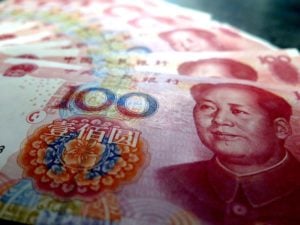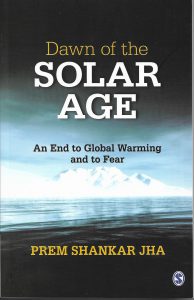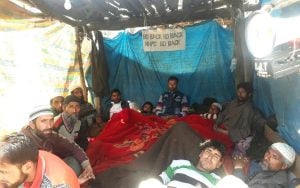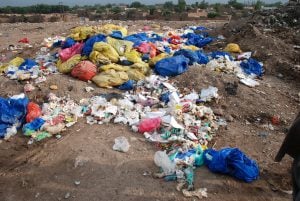Tinkering with the law, the Department of Environment, Bangladesh, has permitted at least 190 industrial plants in the ecologically critical area (ECA) around the Sundarbans, claiming that those factories have taken enough precautions on pollution. Contesting this, environmental experts and activists suggest that the factories significantly increase the risk to the ecology of the Sundarbans and should be immediately relocated from the ECA.
These factories include cement manufacturing plants, liquefied petroleum gas (LPG) plants, gas cylinder manufacturers, oil refineries, betel nut processing plants, ship building factories, automatic rice husking mills, saw mills, brick kilns, cigarette manufacturing plants, ice factories, fish farms, hatcheries, crab farms, saline water refineries and an iron welding factory.
“We have only allowed those industries in the ecologically critical area that do not release any liquid waste. Before giving them permission, all those industries were measured properly whether they had taken all necessary precautionary measures,” Sultan Ahmed, director general of Department of Environment, Bangladesh (DoE) told thethirdpole.net.
Out of the 190 industrial plants set up in the ecologically critical areas, there are at least 24 red category industries, meaning that may cause great harm to the ecology, especially a fragile one like the Sundarbans.
As per the Bangladesh Environment Conservation Act (amended in 2010) it is prohibited to set up any factories in the ECA without getting an environmental clearance. Certain activities – such as the storage of hazardous waste, shipbreaking and clearing forests – are expressly forbidden.
The government announced a 10-kilometre periphery around the Sundarbans, the largest single patch mangrove forest in the World, as ECA in 1999 after UNESCO categorised it as a World Natural Heritage site in 1997.
The issue came into focus again when the DoE submitted a list of 190 industrial units of which 181 had obtained environment clearing certificate (ECC) from the DoE, and the other nine had received site clearance.
The DoE submitted the list following a High Court directive in response to a Public Interest Litigation seeking banning of these factories.
According to the addresses listed, most of the heavy and potentially harmful industrial units are in the Mongla industrial and Mongla Port areas. The port is within 2-3 kilometres from the edge of the Sundarbans.
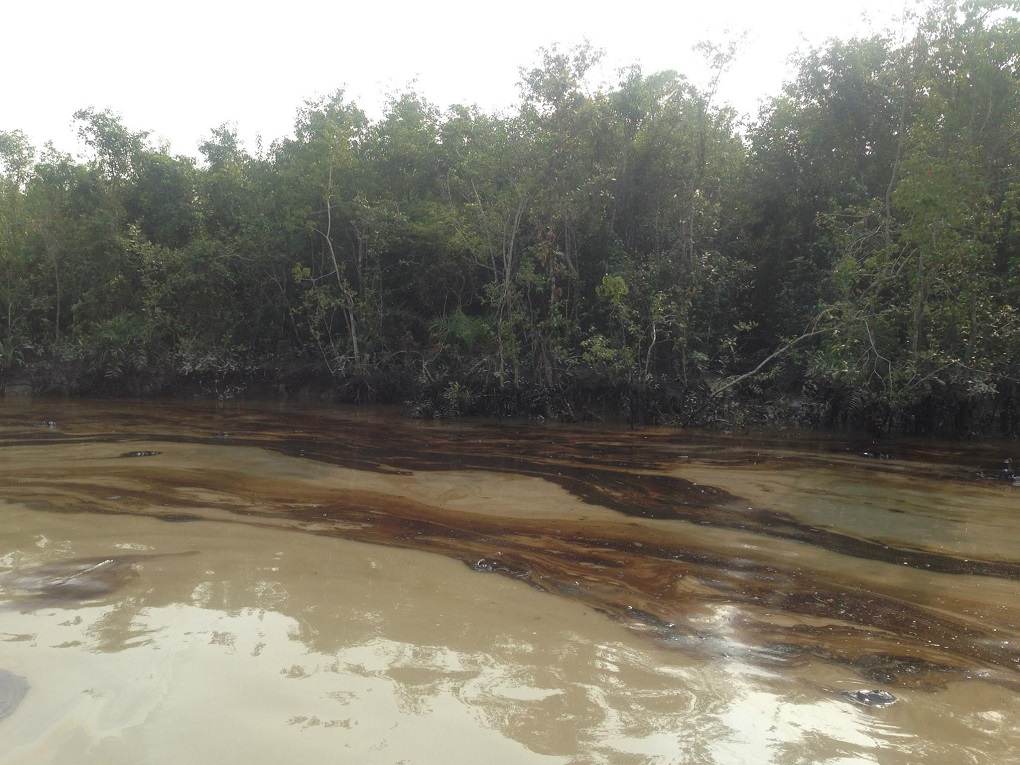
This ignores the threat to biodiversity. At a workshop organised by the International Union for Conservation of Nature, Bangladesh recently in Dhaka, Abdul Aziz, a professor at Jahangir Nagar University, pointed out that there are 22 kinds of threats to the tiger, the top predator of the Sundarbans. These include tiger poaching, prey poaching, salinity, sea level rise, harvesting aquatic resources, and industrialisation and commercial activities around the Sundarbans.
Fate of the industrial units in one month
After receiving the report, the High Court bench of Justice Moyeenul Islam Chowdhury and Justice Mohammed Ashraful Kamal fixed May 9, 2018 for passing further orders on this issue.
Following a writ petition, the HC on August 24 last year had directed the government not to approve any industry within 10 kilometres of the Sundarbans and to submit a list of the establishments already built within 10 kilometres of the mangrove forest.
The HC bench of Justice Moyeenul Islam Chowdhury and Justice JBM Hassan had passed the order following a writ petition filed by Sheikh Faridul Islam, president of Save the Sundarbans Foundation on August 22, 2017.
Islam had submitted the petition seeking HC directives to the authorities concerned to relocate factories constructed within the 10 km of the world’s largest mangrove forest. In the petition, he said the environment and forest ministry issued a gazette notification on August 30, 1999, declaring the 10-kilometre zone an ecologically critical area (ECA).
But in a meeting of the Bangladesh National Environment Committee, it was decided that the ministry would approve all the factories currently operating in the ECA. The national environment committee meeting also decided to relax and change some rules and policies to allow the factories that could be potentially risky to the environment, said the petition.
Sultan Ahmed said that since the High Court had directed the government not to renew any Environment Clearance Certificates, the government had not renewed them. Now the DoE is waiting on the High Court for further direction.
Licence to pollute in ECA
Though many of the 190 industrial units are accident-prone, the DoE has changed how it deals with them, relaxing norms.
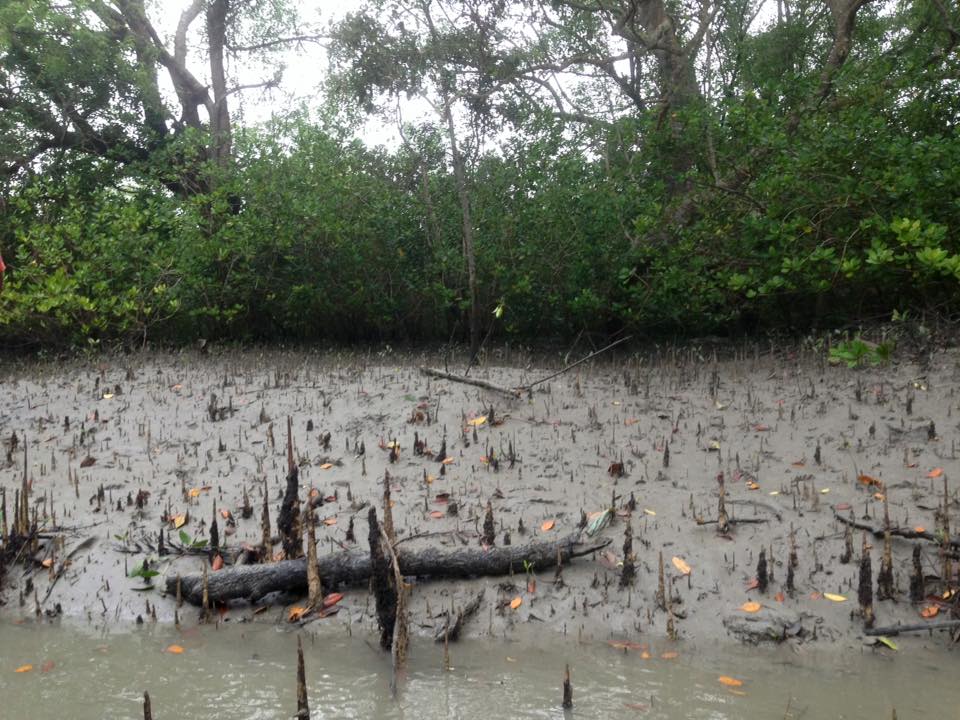
Following this, the DoE hurriedly gave environment clearance certificates to at least six LPG gas stations last year within the ECA zone.
Earlier, it was essential to meet eight conditions, including an environmental impact assessment, in order to receive permission for such industries.
In the last 50 years, at least 10 incidents of gas and chemical industry accidents occurred all over the world including in the US, UK, the Netherlands, Italy, Mexico, Romania and India, and twice in France. Given Bangladesh’s lax regulating standards, witnessed in numerous accidents in shipping, including one just last fortnight, environmental activists are worried that LPG plants, dealing with flammable material, might be a big risk.
Establishment of Rampal Power Plant encouraging other Industries in the area
Since the government decided to set the Bangladesh India Maitree Super Thermal power plant at Rampal near the Sundarbans, industrialists rushed to the Mongla area to buy agricultural land and homesteads to make industrial plots.

Industrialists purchased around 150 plots to set up different kind of industries on the bank of the Passur river in the Mongla area.
UNESCO asked Bangladesh in last year to initiate a Strategic Environmental Assessment (SEA) in the southwest region of the country including the Sundarbans. That suggestion is yet to carried out by the government, which is looking to coal plants to power its growth.
Read: Bangladesh’s Power Cell DG on Rampal: ‘We are introducing coal when it is no longer dirty’
Read: UNESCO investigates environmental impact of Sundarbans coal plant
Read: Bangladesh struggles to fund controversial Sundarbans coal project
Abdul Matin, member secretary of National Committee to Protect the Sundarbans, said, “It is not only pollution from the red category industries, but transportation of raw materials through the Sundarbans will also destroy the forest as many commercial activities are going on in around the Sundarbans.”
So far, though, it is hard to understand if the government is listening.
![<p>A new gas plant on the edge of the Sundarbans [image by: Pinaki Roy]</p>](https://dialogue.earth/content/uploads/2018/04/29695486_368678283638836_4244036061975543808_n.jpg)



